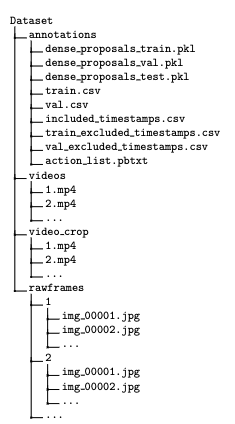(本文代码已升级至Swfit3)
一,Core Data介绍
1,Core Data是iOS5之后才出现的一个数据持久化存储框架,它提供了对象-关系映射(ORM)的功能,即能够将对象转化成数据,也能够将保存在数据库中的数据还原成对象。 3,Core Data数据最终的存储类型可以是:sqlite数据库,XML,二进制,内存里,或自定义数据类型。
4,与sqlite区别:只能取出整个实体记录,然后分解,之后才能得到实体的某个属性。
三,Core Data的使用
1,首先在代码中引入CoreData库
2,插入(保存)数据操作
1
3,查询数据操作
20
4,修改数据操作
一,Core Data介绍
1,Core Data是iOS5之后才出现的一个数据持久化存储框架,它提供了对象-关系映射(ORM)的功能,即能够将对象转化成数据,也能够将保存在数据库中的数据还原成对象。 3,Core Data数据最终的存储类型可以是:sqlite数据库,XML,二进制,内存里,或自定义数据类型。
4,与sqlite区别:只能取出整个实体记录,然后分解,之后才能得到实体的某个属性。
二,Core Data的使用准备 - 数据模型和实体类的创建
3,点击下方的
Editor Style按钮可以查看实体的关系图。
1,首先在代码中引入CoreData库
|
1
|
import
CoreData
|
2,插入(保存)数据操作
//获取管理的数据上下文 对象
let
app =
UIApplication
.shared.delegate
as
!
AppDelegate
context = app.persistentContainer.viewContext
//创建User对象
user =
NSEntityDescription
.insertNewObject(forEntityName:
"User"
,
into: context)
User
//对象赋值
user.id = 1
user.username =
"hangge"
user.password =
"1234"
//保存
do {
try context.save()
print
(
"保存成功!"
)
} catch {
fatalError(
"不能保存:\(error)"
)
}
|
3,查询数据操作
| //声明数据的请求
fetchRequest =
NSFetchRequest
<
User
>(entityName:
)
fetchRequest.fetchOffset = 0
//查询的偏移量
//设置查询条件
predicate =
nspredicate
(format:
"id= '1' "
ottom:auto!important; float:none!important; height:auto!important; left:auto!important; line-height:1.5em!important; margin:0px!important; overflow:visible!important; padding:1px 0px!important; position:static!important; right:auto!important; top:auto!important; vertical-align:baseline!important; width:auto!important; font-family:Consolas,
""
)
fetchRequest.predicate = predicate
//查询操作
fetchedobjects = try context.fetch(fetchRequest)
//遍历查询的结果
"id=\(info.id)"
)
"username=\(info.username)"
)
"password=\(info.password)"
)
}
}
catch {
)
}
|
4,修改数据操作
原文出自: www.hangge.com 转载请保留原文链接: http://www.hangge.com/blog/cache/detail_767.html






